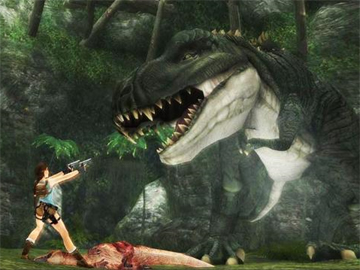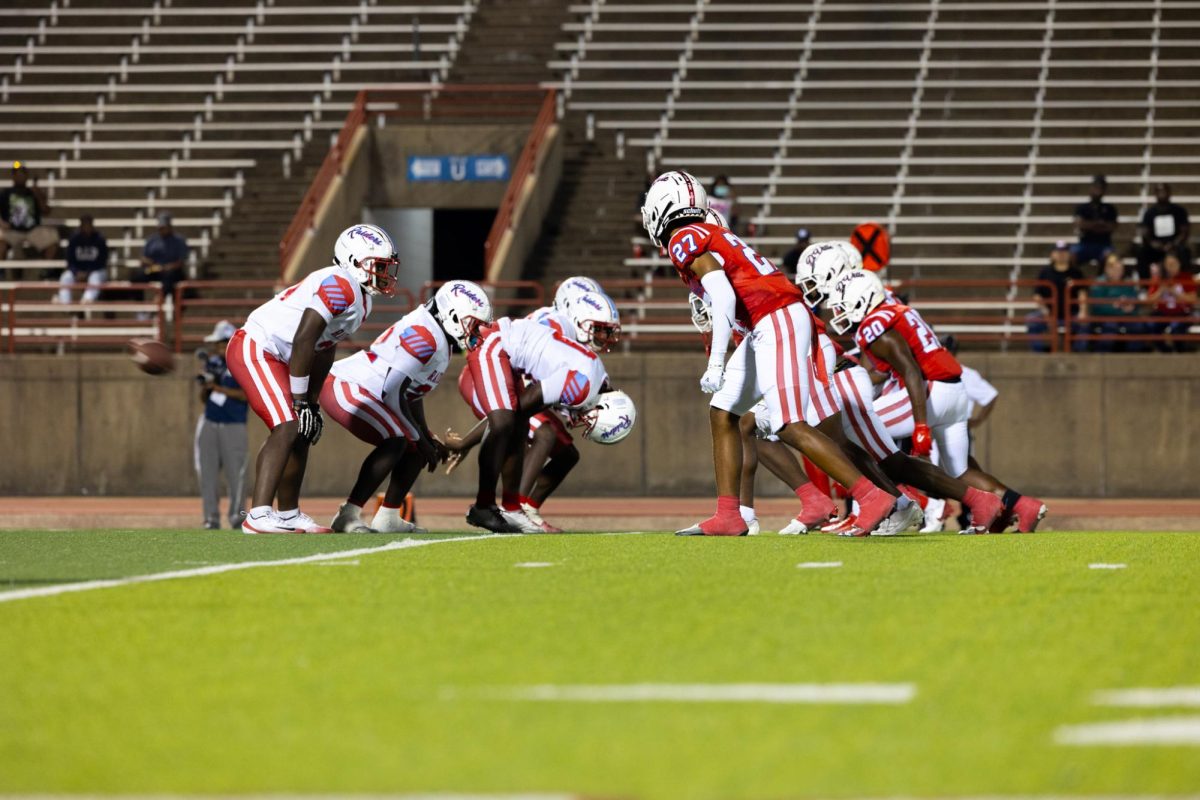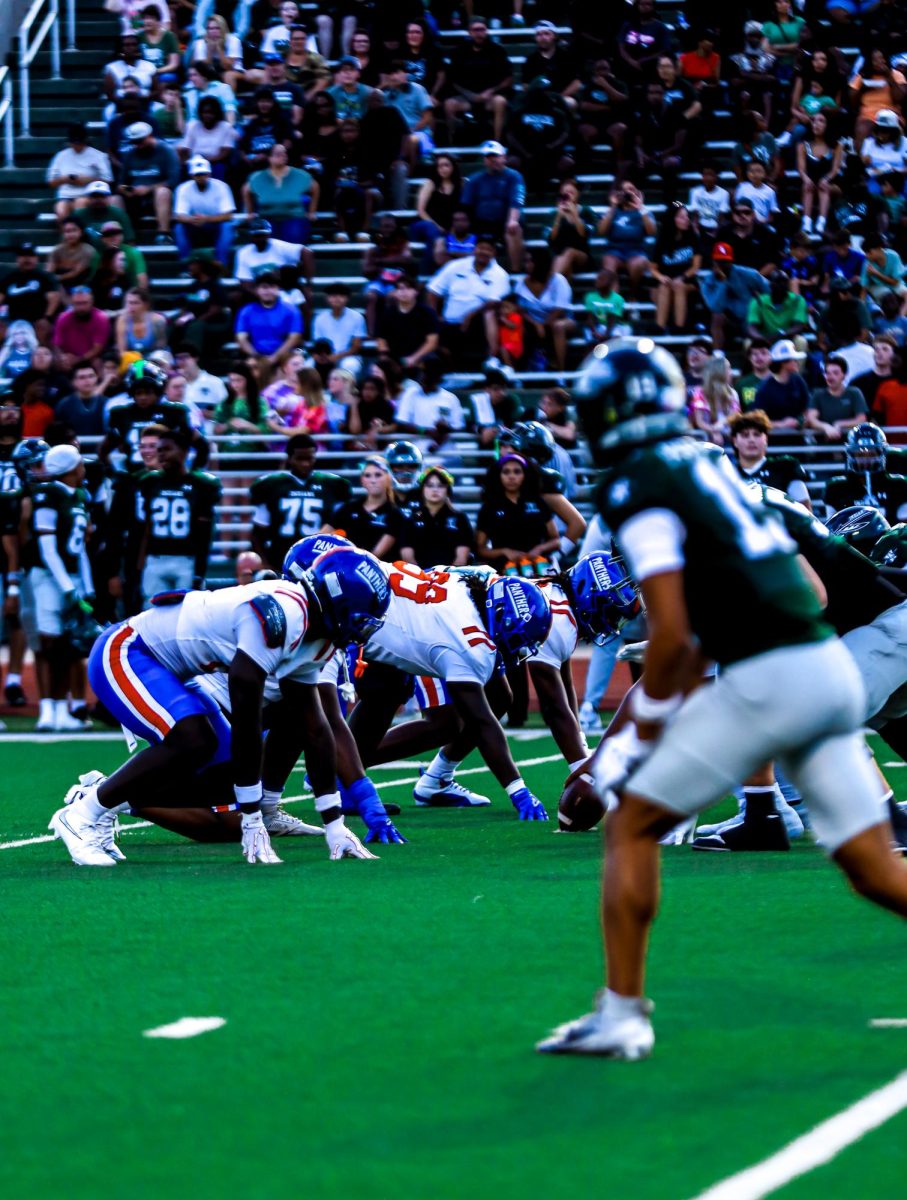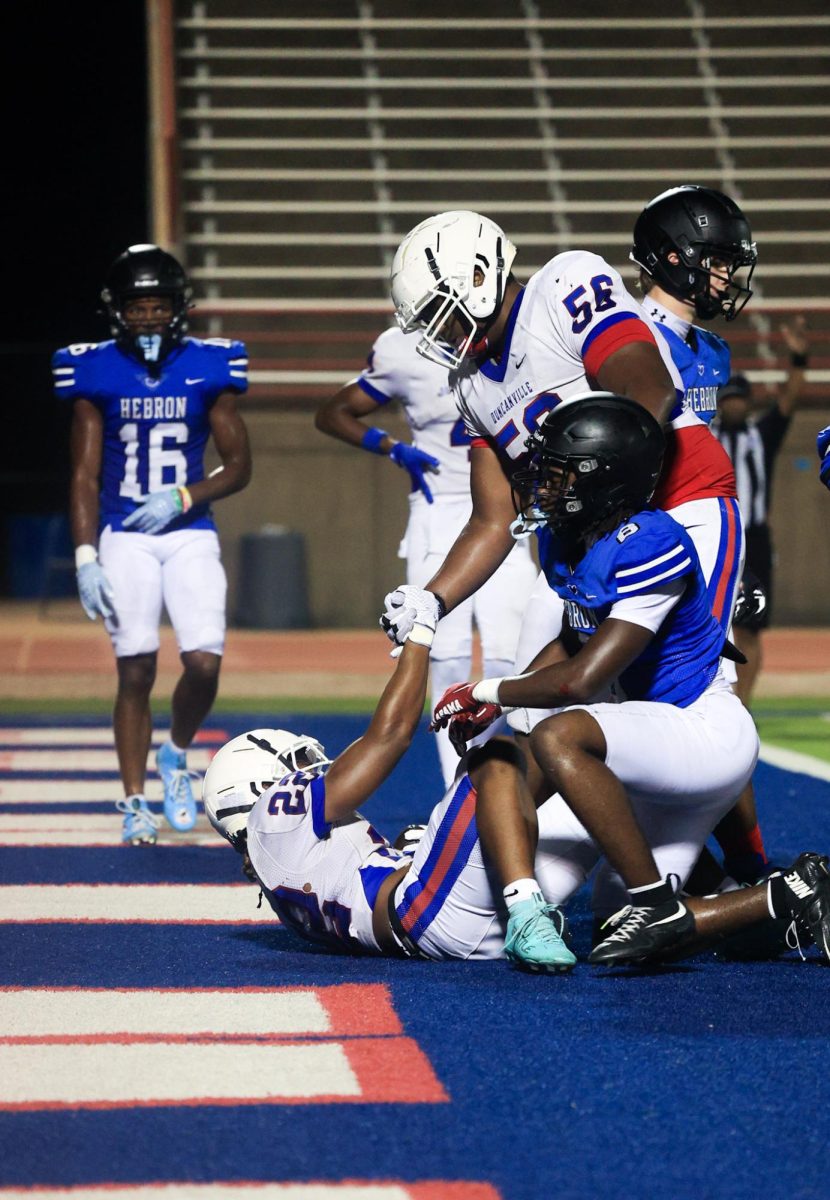
Tomb Raider.
Back in the early 2000’s, that name was everywhere. And for good reason too. You see, back in the early days of video gaming. Female protagonists weren’t common among games, especially not ones that were tougher than most male protagonists. The closest they had to a tough female protagonist back then was in the Metroid series by Nintendo. And even then, it was kept somewhat hidden by putting Samus, the protagonist of Metroid, inside a suit that made her seem masculine.
But then, in 1996 on various consoles such as PC and the renowned PlayStation 1, came Tomb Raider.
Tomb Raider’s backstory (which is only available in the manual) introduced everyone to Lara Croft, daughter of the fictional Lord Richard Croft, someone who was originally raised to be an wealthy aristocrat, she ended up discovering her love for adventure after being forced to learn to survive in hostile conditions after a plane crash. Embracing her love for adventure, she was disowned from her family and turned to writing to fund her trips. After receiving much fame for her countless discoveries and expeditions, she continued to write travel books and journals of her exploits in order to continue exploring.
The actual game starts off with Lara being hired to find a part of an age-old artifact by Natla, CEO of Natla Technologies. Lara agrees and heads to Peru in search for what she believes in the Scion of Atlantis. However, she soon finds out that it’s actually only one part and sets off to find the other 3 pieces located in Greece and Egypt. Along the way, she meets Larson and Pierre Du Pont, who try to kill her and prevent her from finding the rest of the Scion.
The story itself is somewhat absent from the game minus a few cut scenes here and there. However, it’s still a great story told through the locales and there is a nice surprise along the way.
But what really makes the game is the gameplay. Starting the game up, players can jump straight into the game or run around a tutorial set up in Lara’s mansion. Once you get in the actual game, shows an impressive cut scene of Lara and her guide at a gate in a mountain, and Lara climbs up to hit a button above the gate that opens it also releasing wolves in the same process. The wolves kill the guide, and Lara backflips and shoot the wolves. The whole cut scene looks great, and the characters are well designed and modeled.
Afterwards, the player gets control of Lara, and while the graphics take a huge dip from the cut scene. Lara and the environment still look good without anything being too blocky (except Lara’s chest), however, the enemies themselves (wolves and crocodiles) while they don’t look bad, are noticeably blocky.
Environment-wise textures look great, and first area of the game is a snow-covered path with wolf footprints. Some of the later levels have nice textures like the flesh textures of the Atlantis walls or weather worn textures of Egypt levels. The water looks impressive with white lines that move across the surface to get water a look of movement. Plus when Lara jumps into water, there is a blue tint that gives the look of being underwater. However, one part of the graphics that I did not enjoy was the lava. The lava is blocky, and the animation is weak. Otherwise, for it’s time, Tomb Raider’s graphic were amazing and one of the best.
Controlling Lara through all this, however, is surprisingly complex for a game from 1996. For example, by default, you control Lara’s movement using the D-Pad and can either press it normally in order to run, or hold R1 in order to make her run. At the same time you have to master her normal jump, small jump, side jumps, backflips, etc. (Which is why the tutorial is highly recommended)

The music in Tomb Raider is absolutely stunning and beautiful, and the soundtrack has an orchestral sound however it is completely synthesized. Nathan McCree did a fantastic job with the soundtrack, and each track fits perfectly and sometimes create and uneasy feeling. Rather it is beautiful slow and mysterious tune when Lara stumbles up on something magnificent of it is the fast and ominous sound track, the sound track never gets old. The sound effects are great except the guns, which sound weak.
Each level in the game is long and complex maze like design filled with traps, enemies, and secrets, and the game uses a lot of animals for enemies including crocodiles, lions, panthers, gorillas, raptors, and wolves however there are a few human boss fights. Enemies usually do not take too much damage before dying at the beginning, but later on more dangerous foes are introduce that can take a beating before dying. Lara starts out with a pistol (has unlimited ammo), but she will eventually gain a shotgun, Uzi, and magnum (these weapons do not have unlimited ammo).
Scattered about through each level are secrets and it is not necessary to find each secret however they house ammo and health kits. The secrets are well hidden, and when a secret is found a chime plays that never gets old. Some of the secrets are not too hard to stumble upon, but others are well hidden including one level where the magnums are hidden on an invisible platform high in the sky.
Getting through each level is no easy task, and Lara will have to find keys, flip switches, move blocks, and jump sequences. Tomb Raider has some unique puzzles, and one level has Lara manipulating a set of switches to open doors where Lara can collect a brick from. Later on in the level, she will come across the hand from a Midas statue, and she must place the bricks on the hand to turn them to gold. Tomb Raider does incorporate a lot of mythology, and some of it will be obvious like the Midas level.
The most important factor to success is the jump system, and for its time, the jump system is very complex. Mastering this is vital to success, and Tomb Raider using a grind system for the jump system. Hitting forward and jump will cause Lara to jump forward one sector however if she is doing a running jump, she will take a few steps then jump. This may lead some to think the controls are sluggish, but it is not. It may sound weird, but once the player gets the hang of it, it feels great.
There are a few boss fights scattered across the game, and they include a T-Rex, several humans, and a monstrosity that likes like a mutated E.T. The T-Rex fight is unique, and the first encounter is perfect. The player will reach a giant valley, and this anxious tune starts playing while the ground starts shaking. You just know that something bad is coming then the T-Rex rushes around from the corner, and the player has to act fast or they will become supper for the beast.
Every once in a while the player will encounter a purple floating jewel, and this jewel is used to save the game. The jewel only saves once so using them wisely is a must, and they are usually located near a big jump that will usually result in success or death. At the end of each level, the game will also allow the player to save.
As good as Tomb Raider is, the replay value is one area where it comes up short, and the replay value is ultimately decided upon which version the player finds. The original version has no replay value however the greatest hits versions included demos of upcoming Eidos games, and those demos included Fighting Force, Legacy of Kain: Soul Reaver, Tomb Raider II and III, Gex 3, and a few others.
Tomb Raider does have some bugs, and the most famous bug is the secret bug where it is impossible to collect every secret because of a coding error. Every secret can be collected however in the final level, the counter will say two of three found even if everyone is found. There is also an impossible to reach health kit in the game however it is reachable with a corner jump glitch, and apparently there was going to be a path to reach the health kit. It seems the path was buggy and ultimately removed.

Tomb Raider is an impressive and complex game that ultimately changed the game industry, and it was the first 3D game I played that completely changed and shaped my view of video games. Not only did it have several unique concepts, but the entire game was made by a team of only six employees which is amazing. Tomb Raider is a masterpiece that is complex and difficult however the satisfaction from beating the game the first time is unforgettable. While not everyone will dig the learning curve, but those that do look past it will find a complex and well-designed game.






